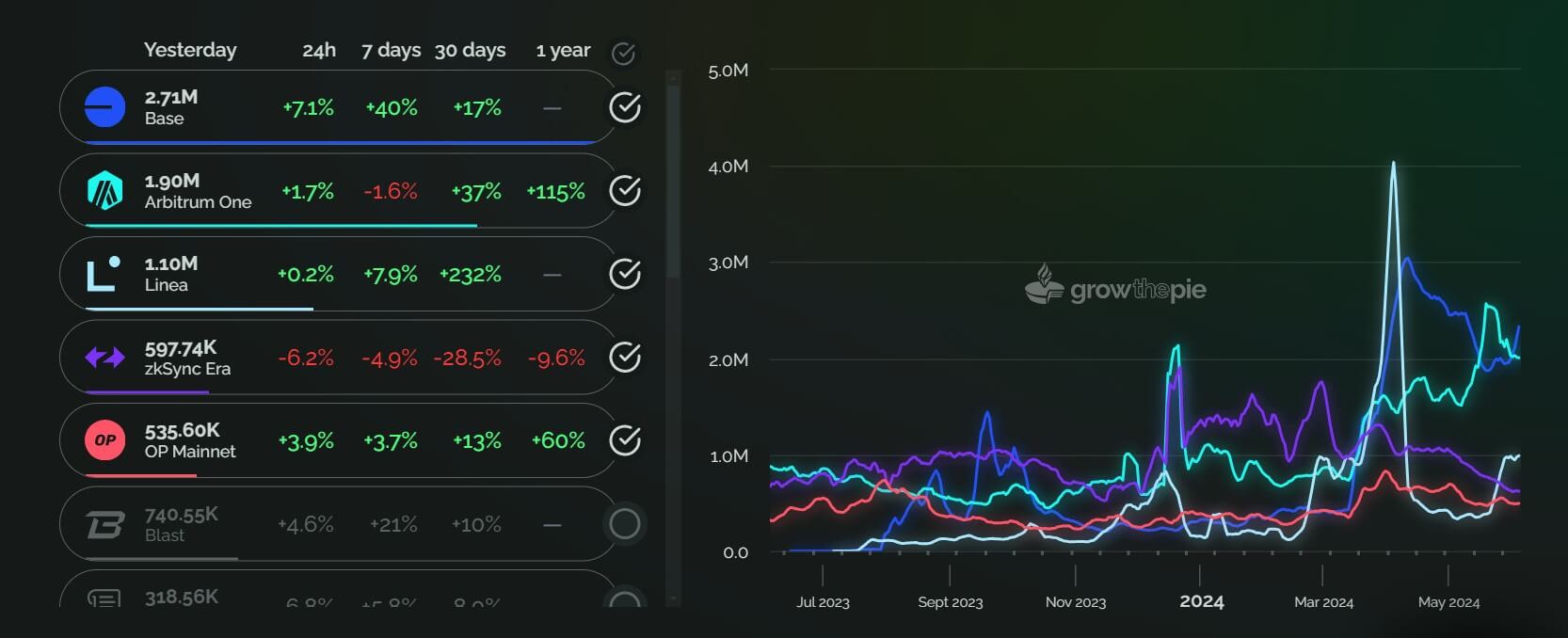Institutions fueling crypto’s bull run doesn’t make it a zero-sum game for retail

The crypto industry has finally seen hope in 2024. After the approval of Bitcoin ETFs in January, the market has turned green, with Bitcoin hitting an all-time high and surpassing $72,000. The record inflows have also been observed for crypto investment products for the last six consecutive weeks of February-March, approaching the 2021 record. Add in the upcoming Bitcoin halving and possible loosened monetary policy, all of which pave the way for more institutions to explore crypto.
Cointelegraph’s AMA on March 7 on X (formerly Twitter) addressed these aspects of the current state of the market as well as the features of M2, a full-service crypto investment platform for institutional and retail investors. M2 CEO Stefan Kimmel was a guest speaker on the show.
Unlocking This Cycle’s Potential: M2 Exchange AMA https://t.co/lkoifra0iy
— Cointelegraph (@Cointelegraph) March 7, 2024
Institutional focus on Bitcoin
Kimmel is convinced of the role of ETFs in building reputation for institutions. “That’s been a group that hasn’t necessarily been in favor of crypto in the past, and that’s scared off other investors as well. But now the credibility, the sponsorship, and the support for crypto have completely changed,” he said during the AMA.
He also believes that Bitcoin (BTC) will continue to be the focal point thanks to ETFs, with less regulatory debate around its classification as a security and lower-risk option. Kimmel noted that the size of the investment that institutions are bringing to the market is much larger than retail investors.
Highlighting the prevalence of large over-the-counter (OTC) trades focused primarily on Bitcoin, Kimmel explained that the same trends are evident within M2. However, altcoins are also starting to gain momentum, with utility tokens such as the platform’s MMX attracting institutional interest.
The primary use case for MMX is to increase returns within M2’s Earn program. By burning MMX tokens, users can increase their yields on locked crypto holdings. This burning mechanism also reduces MMX’s overall supply, which had an initial supply of 500 million. MMX holders will also benefit from reduced trading fees, a rewards program, and access to higher tiers within the upcoming payment card program.
As noted by Kimmel, M2 prioritizes user empowerment through features designed to make crypto more accessible and appealing to retail investors. The platform’s flagship product, the Earn program, with its flexible lockup periods and interest earned in deposited currency (10.5% for Bitcoin and Ethereum), caters to diverse risk appetites. There’s also an early redemption option for a fee, covering unexpected needs.
Balancing convenience and crypto ethos
With a surge of institutional interest in crypto, the question may arise as to whether this shift contradicts the core principles of Web3. Kimmel argued:
“The majority of people want convenience. When they can call someone if something goes wrong and there is actually someone there to fix it. That may go against the crypto ethos of having no middlemen and not being dependent on third parties. But there’s still a significant market for that, a very important part of crypto that drives innovation. However, you must have that regulated aspect to make it available to a broader audience, especially for institutions.”
Kimmel also noted that M2 accepts all investors, including SMEs and institutions, to emphasize trade finance solutions. The platform plans to launch a U.S. dollar-backed stablecoin, aiming to simplify payments within the trade finance space.
M2’s roadmap also includes crypto lending, additional investment options and structured products, suggesting a clear product roadmap through the year. Kimmel also teased upcoming features such as crypto debit cards, the launch of a referral program and additional language support.
Learn more about M2Disclaimer. Cointelegraph does not endorse any content or product on this page. While we aim at providing you with all important information that we could obtain in this sponsored article, readers should do their own research before taking any actions related to the company and carry full responsibility for their decisions, nor can this article be considered as investment advice.


